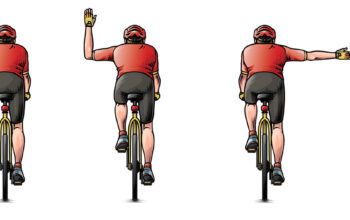Composting is the single most important supplement to add in your garden soil, and it’s free! A nutrient rich compost full of organic matter and beneficial organisms can be made from regular household scraps, found in the kitchen and the yard. Compost, it’s what plants crave!
What to compost: A good compost consists of a balance of nitrogen producing matter and carbon producing matter. Carbon rich matter gives compost its light, fluffy body, while nitrogen rich matter provides raw materials for making enzymes.
Green For Nitrogen-Rich Matter: fruits & vegetable scraps, green grass clippings, green leaves, flower cuttings, chicken manure, green manure (from grass fed animals)*, coffee grounds, tea bags & loose tea leaves
Brown for Carbon-Rich Matter: branches, stems, dried leaves, peels, bits of wood, bark dust or sawdust pellets, shredded brown paper bags, corn stalks, coffee filters, pine needles, egg shells, peat moss, wood ash, shrub prunings, straw or hay
* Manure must compost for at least one year before being used for growing food. Manure from carnivorous animals is too acidic and should not be used.
A healthy compost pile should have one-third green and two-thirds brown material, much more carbon than nitrogen. Brown materials, especially things like dried leaves, stems and branches, help aerate the pile, allowing oxygen in for the organisms that are breaking down the compost. Too much nitrogen makes for a dense, slowly decomposing and smelly mess.
What Not to Compost: cooking oils or animal fats, meat & bones, processed foods, milk products, rice, diseased plants, walnuts (naturally contain juglone which is toxic to some plants), and bleached or dyed paper.
Composting Tips:
At first, add to your compost pile in layers, brown-green-brown, brown-green-brown, etc. A rule of thumb for good composting hygiene is when you expose fresh nitrogen-rich material, which can often have an unpleasant odor, you should cover it with carbon-rich material, which will generally smother it out.
Once your compost pile is established, add new materials by mixing them in, rather than by adding them in layers. Mixing, or turning, the compost pile is key to aerating the composting materials and speeding the process to completion.
The two main essential things for a successful compost is heat and moisture. The pile should always remain damp, but not soggy. In our climate, a covered pile in a partially sunny spot works best. You may need to water it in dry times, if it ever stops raining.
Containing your compost pile makes it look neater, helps you maintain the correct moisture, and prevents animals from getting into it. You can build your own, as pictured, or buy a commercial home composting unit.
There are benefits to starting your compost pile on bare earth. It allows worms and other beneficial organisms to aerate and process the compost. Worms can also be added to the pile.
If you are starting your pile on the ground, lay twigs or straw first, a few inches deep. This aids drainage and helps aerate the pile.
Turn. Every few weeks give the pile a quick turn with a pitchfork or shovel. This aerates the pile, again providing oxygen for those little organism. You can skip this step if you have a ready supply of coarse material, like straw.




